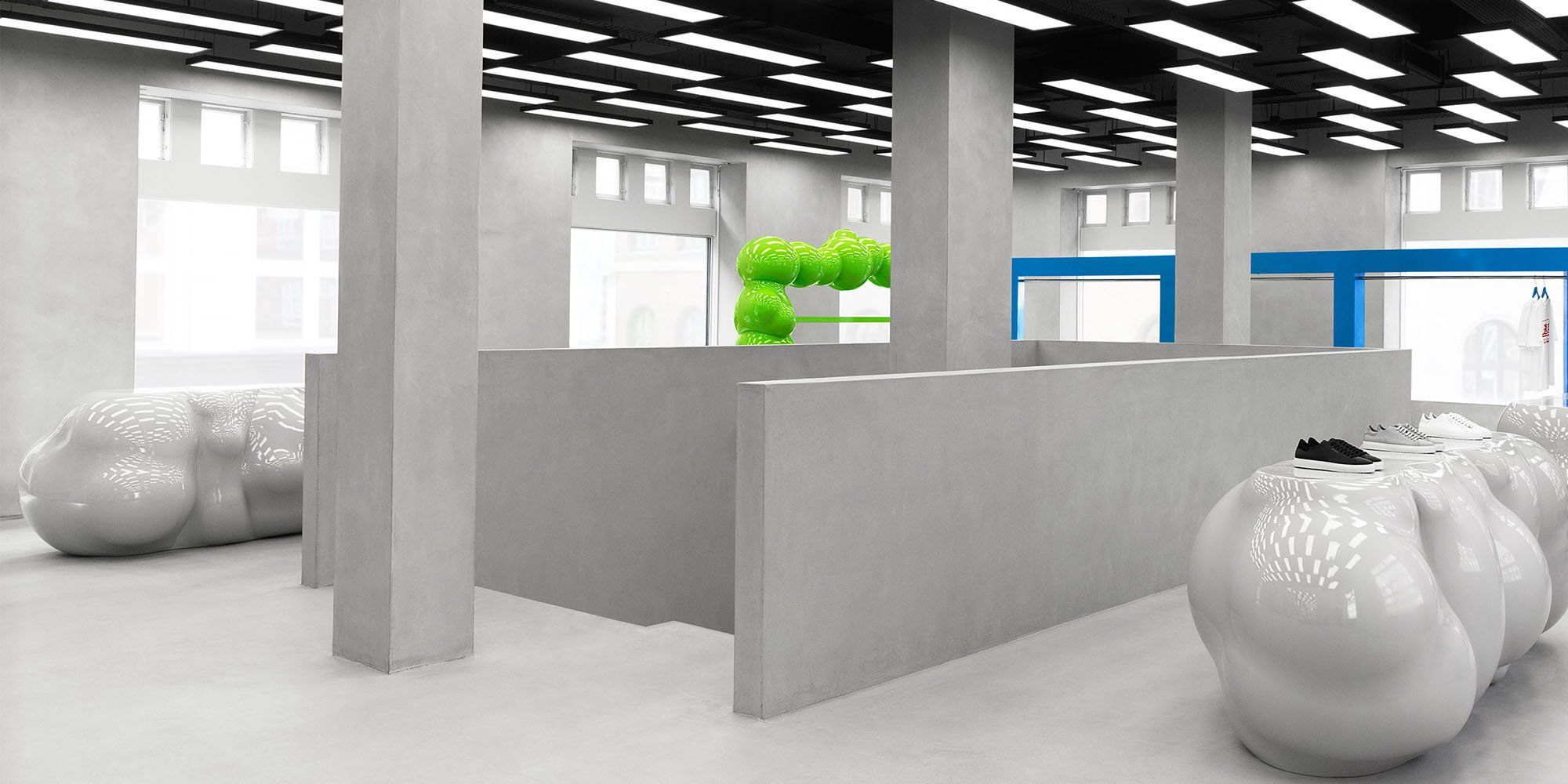
To serve and inspire - making the store the USP
Today, e-commerce is booming through the roof and a lot of brick-and-mortar stores struggle with the competition. In times like these, it could be that taking a step back – might be step forward. The vital thing that separates e-commerce from a physical store is – the store. The experience, the knowledge, the personal touch. And here are some example on how you can make the most of it.
Shopping online has fundamentally changed how we shop and plan our lives. It’s not surprising, considering the scale and speed of this transformation, that people have talked about physical stores disappearing from our lives altogether. The reality, of course, is more nuanced–and it’s becoming increasingly clear why. Visiting a store is, and will remain, essential to retail. If done right, the store will emphasize their purpose, the physical experience can become their brand’s key differentiator.
THE SOCIAL ASPECT
The in-store cafe concept is not a new idea, but the latest eateries to pop up are in hip cafés with conscious food options to match. Swedish fashion group H&M knows all about this. The latest addition to their palette of brands and cafés are It’s pleat, an in in-store café located in some of the London and Stockholm based H&M’s. The interior and the menu is described as “instagrammable” by reviewers, and the food is healthy, locally grown and affordable. All very suitable for building brand in social medias.
Not only do they position themselves as contemporary food wise, in the Stockholm café they arrange theme nights called “Come sit with us”. Events mainly targeted to young women (15-30) with informal talks from influencers, cook book writers and social entrepreneurs. A good example of being perceived as relevant and reaching out to the desired target group in a new way.
KNOW YOUR CUSTOMER
Shopping experiences continue to evolve, sometimes very rapidly, and retailers must meet the challenge of the new environment by knowing their customers really well. One brand that has a high customer awareness is Axel Arigato. The label, which began as an online-only couture sneaker label, has now five brick and mortar stores in Europe. When opening the flagship store in Copenhagen, the reviews were extraordinary. Designed by Halleroed and Max Svärdh, the store is perceived more as a contemporary art exhibition than a shoe shop.
“The store is created for the people in our community, rather than bringing sales. This is the future of retail,” says co-founder and CEO Albin Johansson of the space, which will also play host to special projects and weekly events. “Our mission has always been to work without boundaries and bridge fashion, art, commerce and community.”
CREATING THE ”HYGGE”
The sense of belonging and cosiness, is neatly summed up in the Danish word "hygge". It is a word descibing comfortable conviviality, and an undemanding way of socialize. Both H&M and Axel Arigato has listened to their customers, and adapted their venues after the target group they are adressing, both with related content and the perception of the store.
The trend for other woke brands today is primarily to build a community, rather than to sell a product. The product today, is the community itself. Big brands such as Apple and Nike, has for a long period positioned themselves as a community with core values and followers, not USP’s and customers. But how will you get there? Start by using the most valuable asset of all, the staff.
- Personal contact when shopping is immensely important today, says Paul Esplana, concept developer at Fagerhults Belysning AB. We need to feel that it is not about screens, and that we are getting something more than just a purchase. One of our basic needs as humans is confirmation and being seen, and that is where the staff in the physical store is a huge asset. Humans also have the feeling that we need to belong. Being a part of a movement, or a community, is something that speaks to us.
TEXT MARIA VÅRENIUS
PHOTO H&M, ERIK UNDÉHN

